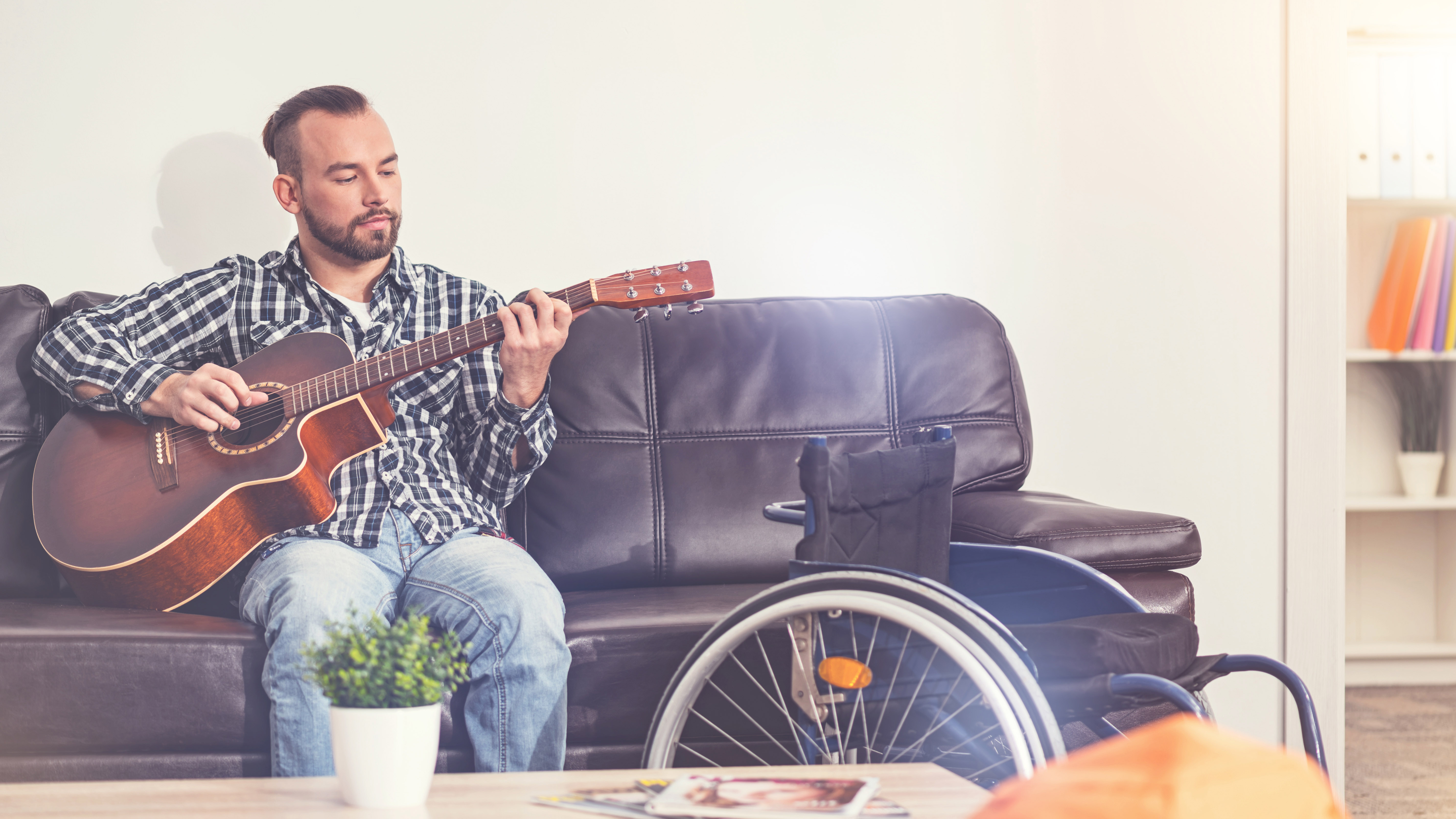

We've all been there; the dog days when you feel like you're not progressing with your guitar playing and you don't know how to start moving forward.
Simply finding the time to practice can be a challenge. Don't despair; it's good to take a look at how you can liven up your habits when it comes to learning.
If you're not enjoying practice time, you're less likely to invest in it.
So here are some ideas to get you started on changing things up for the better…
1. Mix it up

For a lot of us, the idea of a practice session filled with scales and sight reading isn't thrilling. So mix things up – start by working on two minutes of scales, chords or theory in between 10-minute bursts of playing what you do like. It’s an easy way to learn the tough stuff while keeping things varied for yourself.
Not sure where to start? Try this 5-step 30-minute daily practice routine.
2. Visualise scales and chords

Just learned a new chord? Or a scale? Look at your fingers as you play it. It might sound obvious, but visual cues are as important as getting the ‘feel’ down.
Want all the hottest music and gear news, reviews, deals, features and more, direct to your inbox? Sign up here.
Try this: 50 guitar chord shapes you need to know
3. Revise

Listen to a song you’re learning and say the chord names as they change in the song or visualise the fretboard and imagine yourself playing the parts.
You’re effectively ‘revising’ the songs so when you’re next on your guitar you won’t have to remind yourself how it goes.
Try this: Unlock hundreds of new chord shapes with this barre chord workout
4. Netflix and scales

You can still keep your hands limber by playing scales, exercises and licks on your unplugged electric guitar or acoustic guitar while you’re watching your favourite shows. This puts the guitar in your hands on a daily basis to help build strength and dexterity.
Try this: The pentatonic scale made easy with three chord shapes
5. Jam along

Shows on TV usually have music, so try playing along and complement the mood. Or use the radio as a kind of lucky dip jamming machine.
Jam along with the minor pentatonic scale starting at the 1st fret. Move up a fret at a time until it starts to sound good (ie, you’ve found the right key).
Try this: Guitar basics: improvising
6. Less tone, more play

Don’t lose track of time thinking about how your guitar sounds. It’s all too easy to jam aimlessly while scrolling through the presets on a multi-effects pedal!
When you’re experimenting with your sound, try to include new chords and licks so that your gear time isn’t dead practice time.
Try this: Learn 16 of the best guitar chords for clean tones
7. Arrange play dates

Practice is easier when you have a companion. Arrange a time to jam with a friend and pick a song or an exercise to work on together. You’re more likely to stick to your appointment and you can take turns accompanying each other as you try out new ideas.
Try this: How to play twin lead guitar solos
7 ways to improve your rhythm guitar tone

Rob is the Reviews Editor for GuitarWorld.com and MusicRadar guitars, so spends most of his waking hours (and beyond) thinking about and trying the latest gear while making sure our reviews team is giving you thorough and honest tests of it. He's worked for guitar mags and sites as a writer and editor for nearly 20 years but still winces at the thought of restringing anything with a Floyd Rose.